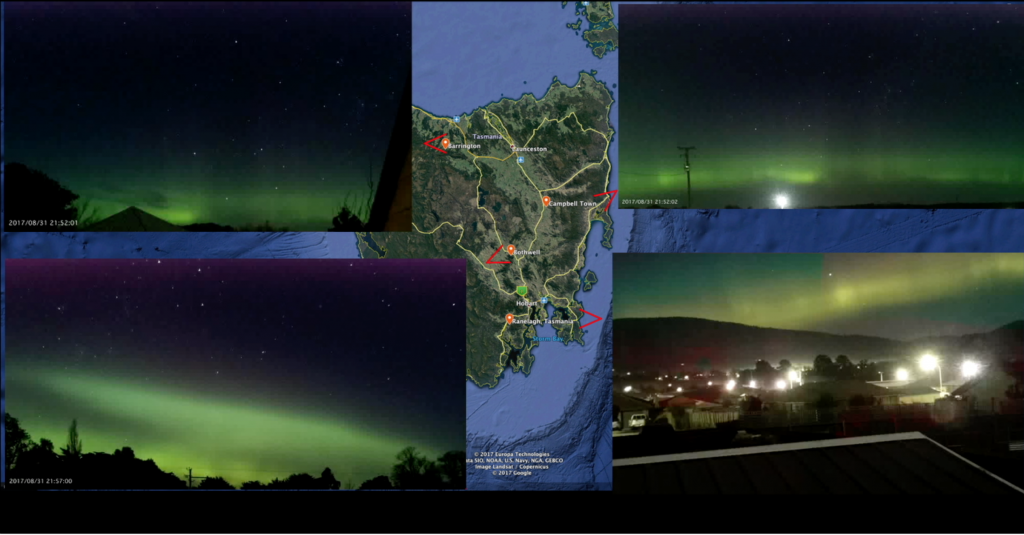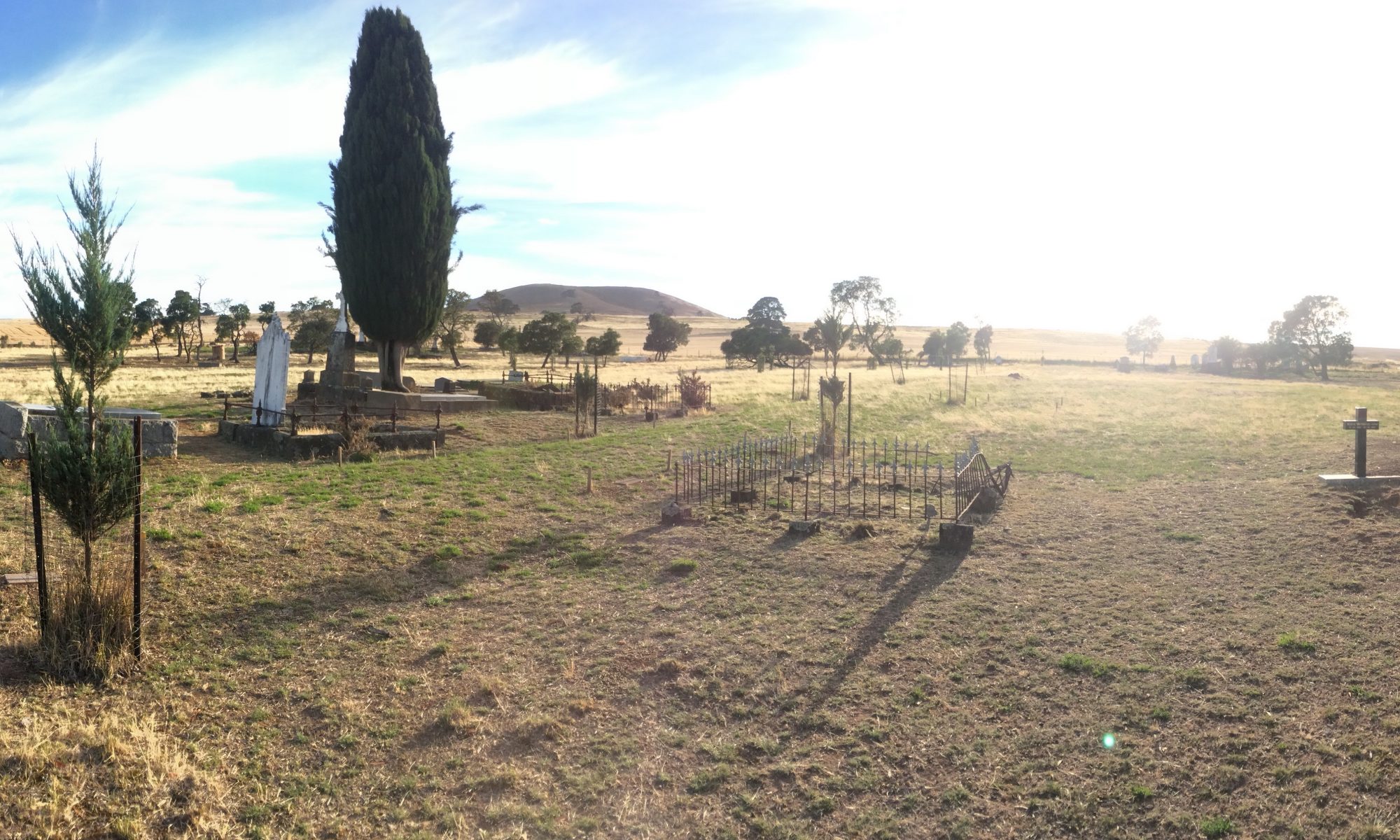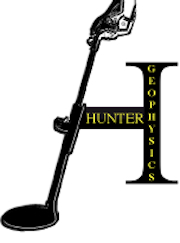
Hunter Geophysics is currently developing the iOnTheSky aurora-monitoring camera network. Each camera in the network automatically takes a photograph every five minutes and allows Aurora Australis photographers to see what the Aurora Australis, light pollution, and weather conditions are like at any given moment.
There are currently five cameras installed throughout Tasmania (although one was offline for maintenance on the 31st August). We eventually hope to install dozens of cameras around the world. The footage from these cameras will be made available to the general public via iPhone and Android apps, which will hopefully be released in late 2017.
The below video shows the camera footage from the four operational cameras from 10am 31st August 2017 to 10am 1st September 2017 (from 00:00 to 23:55 on the 31st August 2017, UTC).
The four cameras are situated in Barrington (north Tasmania), Campbell Town (mid-northeast Tasmania), Bothwell (central Tasmania), and Ranelagh (southwest of Hobart, southern Tasmania). The fifth camera (which was offline that day) is based in Abels Bay (slightly further southeast from Ranelagh).

